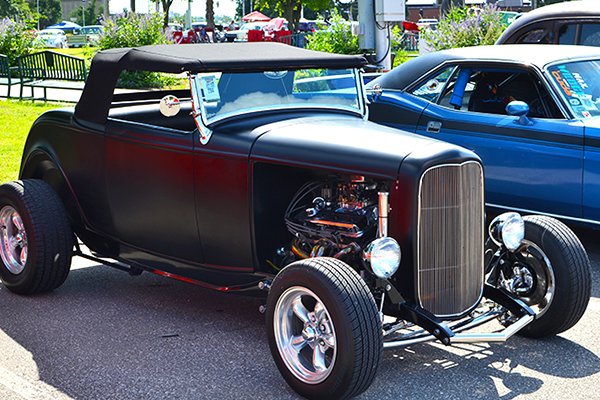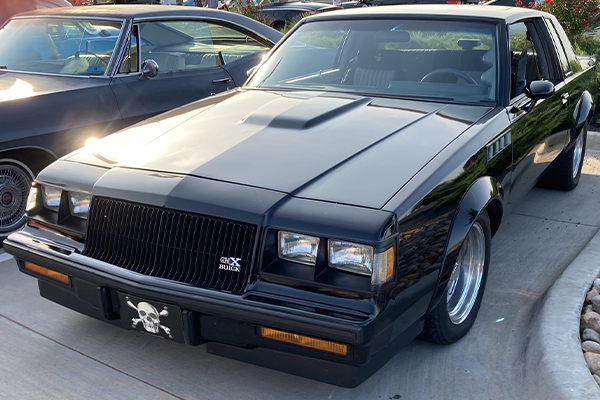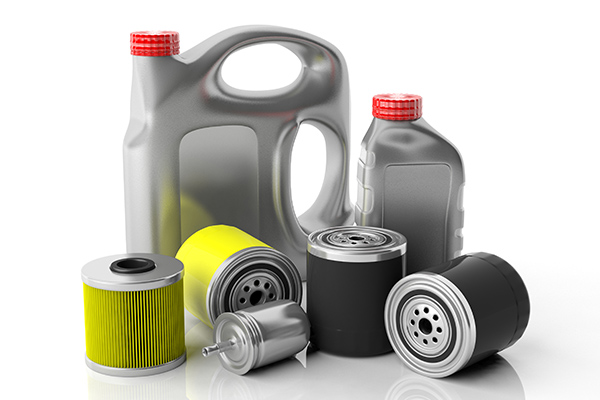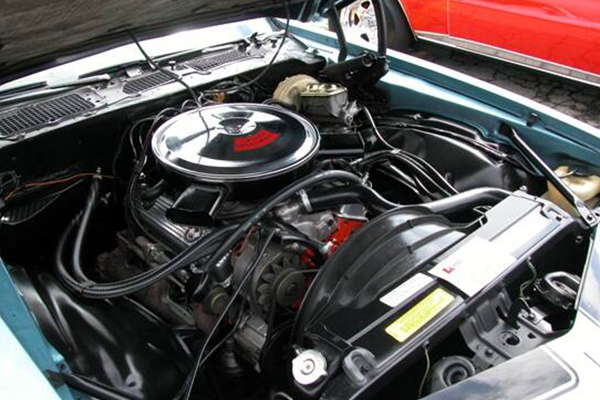Whether your object of desire is a 1967 Ferrari 275 GTB/4 or a '69 Camaro Z28, classic car enthusiasts and investors are increasingly willing to pay staggering sums at the auction house and through private sales to take home the vintage rides of their dreams. But danger lurks in the hot market for antique vehicles as sophisticated counterfeiters cobble together fake cars that pass for the real thing and sell for tens or hundreds of thousands, or even millions of dollars. Here's how the scammers do it, and how classic car buyers can protect themselves, and their investment.

Source | Getty
FRAUD IS IN THE DRIVER'S SEAT – EXAMPLES OF CLASSIC CAR BUYERS WHO'VE BEEN SCAMMED
After spending $97,000 to purchase a 1967 Corvette 427, and another $20 large on restoration and detailing, the day arrived for the proud owner to exhibit his baby at a prestigious, national Corvette meet in the Midwest. His pride quickly turned to embarrassment, however, when he was asked by the event's judge to remove the vehicle from competition. It was a counterfeit, revealed only by a bogus vehicle information plate.
In another instance, the owner of a 1969 Camaro Z28 learned how quickly his vehicle could go from being a $100,000 car to a $30,000 one instead. While making repairs after a minor accident, it was discovered that the firewall number didn't match the rest of the vehicle, and further investigation uncovered still more suspect parts.

1958 Porsche 356 A 1500 GS/GT Carrera Speedster from the Jerry Seinfeld Collection | Gooding & Company
Even sophisticated investors and aficionados aren't immune to being duped when it comes to their collectible car's authenticity. Comedian and actor Jerry Seinfeld was sued by the buyer of his $1.54 million 1958 Porsche after the vehicle turned out to be less than authentic. Seinfeld, in turn, countersued the seller he had purchased the Porsche from.
COUNTERFEITERS USE SOPHISTICATED TACTICS TO PASS OFF FAKE CARS AS REAL
Technology, restoration products, and oftentimes eager, excited buyers who haven't done their due diligence, are helping scam artists misrepresent and sometimes even clone vehicles.
Affordable, increasingly advanced color printers and copiers are making it easier than ever for fraudsters to create or alter a vehicle's paperwork. Examples have been uncovered where a vehicle's warranty and maintenance book was reprinted to look like the original, and the book's stamps and signatures, and service dates altered in order to match the vehicle's fake history. Original sales invoices have also been recreated using computer technology, printed on inexpensive color printers, and then subjected to aging and wear techniques so that they look, feel, and even smell like old, original paperwork should.
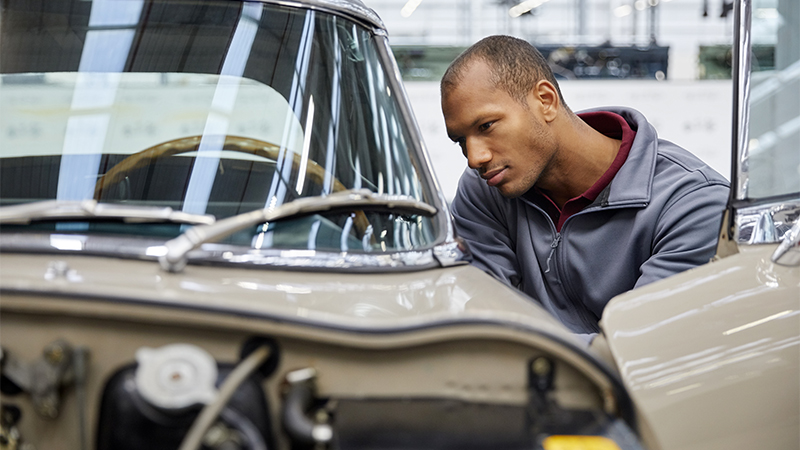
Source | Getty
HOW TO SPOT A FAKE
Whether it's by hiring a professional vehicle appraiser and researcher, contacting the vehicle's purported former owners, or conducting online research, it's possible to unmask a counterfeit vehicle's real identity, and stop elation from turning instead into costly regrets and buyer's remorse. Here are some tactics classic car buyers can use to help ensure a vehicle's authenticity, and to protect themselves and their investment.
- Don't be impulsive. Do your research and don't let your excitement cause you to buy a vehicle that hasn't been vetted thoroughly.
- Gaps in a vehicle's history are red flags. Where has the vehicle been during those gaps, and why doesn't anyone seem to know the answer?
- If it sounds too good to be true, it probably is. This old adage applies to both price and a vehicle's history.
- Talk to an expert. Whether it's car club members, an attorney or appraiser specializing in vintage vehicles, or a fellow collector, enlist the experience and experience of someone who can identify a misplaced part – indicating a potential fraud – just by looking at it.
- Track down and talk with the vehicle's former owners. Oftentimes, this information can be obtained from any original paperwork – such as maintenance records or sales invoices – that accompanies the vehicle. Previous owners can tell you things about the vehicle that may not be readily apparent, such as if it was originally a different color or had been in an accident.
- Do your research, and become an expert vehicle historian. Thinking about purchasing a classic Corvette? If you are, then you should know that the VIN plates on '53 - '59 'Vettes were affixed using Phillips head screws, while late '60 – '64 models used spot welds, and '65 – '72 production years used rosette rivets instead. Spot a 1963 Corvette with a screwed on VIN plate, and you know you just uncovered a major problem. The same can be said for nearly every vehicle model and vintage as most have unique, little-known identifiers that can help authenticate any potential investment.
- Visit www.vehiclehistory.gov. The National Motor Vehicle Title Information System (NMVTIS) helps protect consumers by providing access to a vehicle's history, and identifying stolen or salvaged vehicles.
- Access vehicle registries. There are many organizations and registries – such as the Shelby Unified Registry or the Pontiac Historical Society – that can provide verifiable data as to a vehicle's history.
Think of it this way. You probably wouldn't purchase a house, or make a sizable investment in a company, without first investigating exactly what it is you were buying, and identifying any potential problems that might exist. With the rising cost of classic cars today, and the fact that they're being used increasingly as investments, you shouldn't invest in a vehicle – no matter how badly you want it – without first learning all you can about its history to ensure it's authentic.
Greedy counterfeiters are hoping that you don't.
How do you check out the history of the cars you buy? Let us know in the comments.


